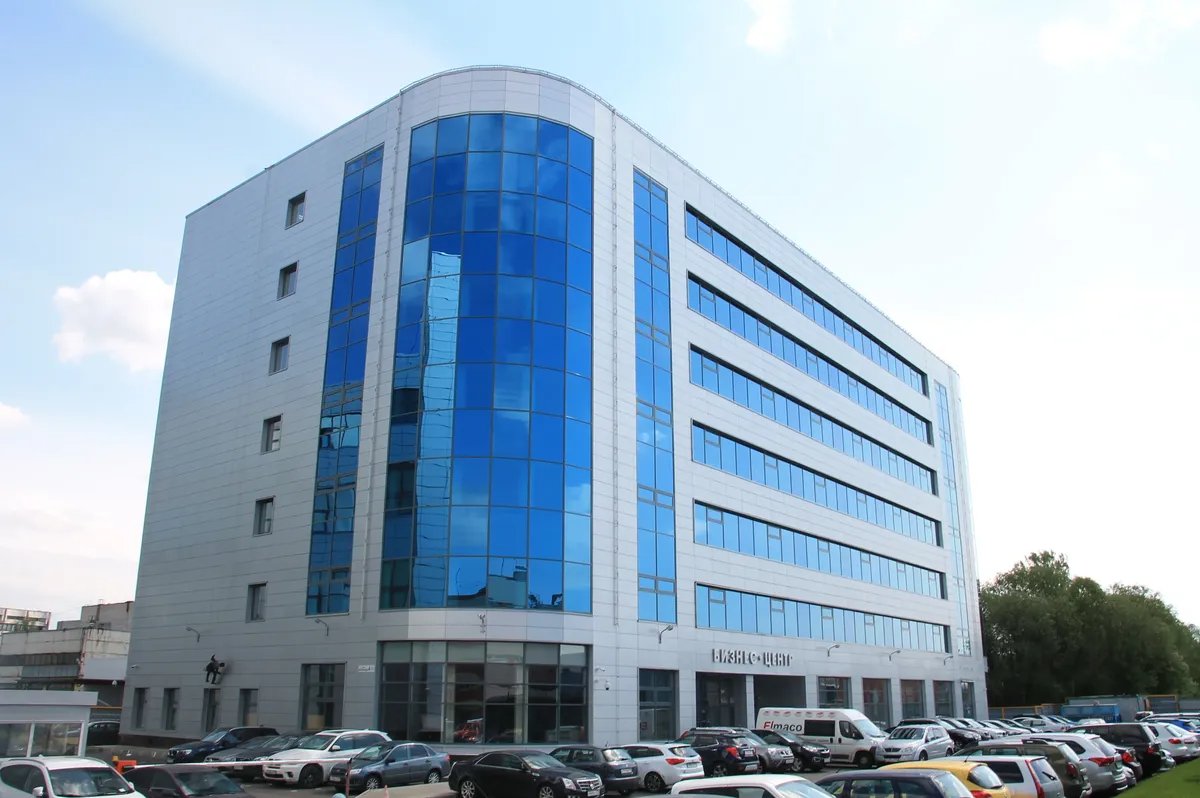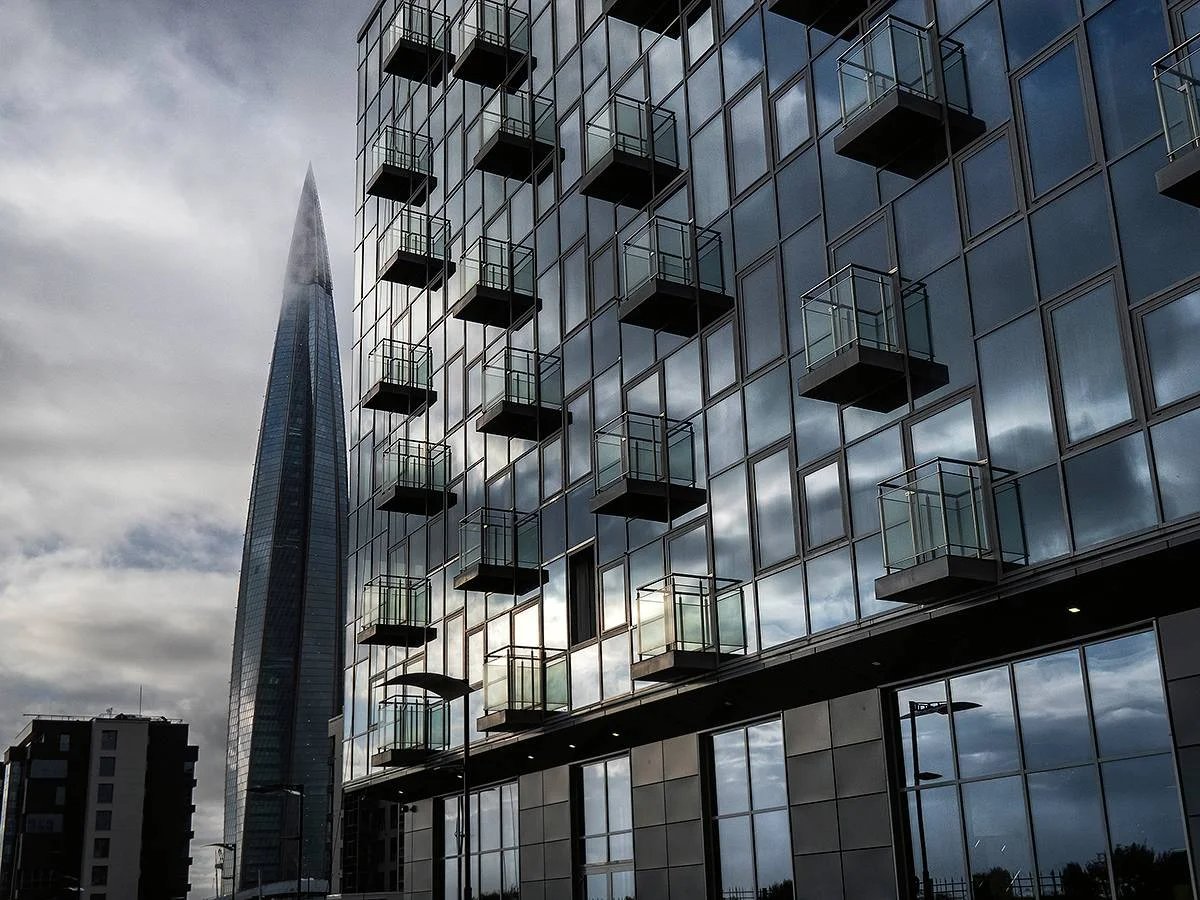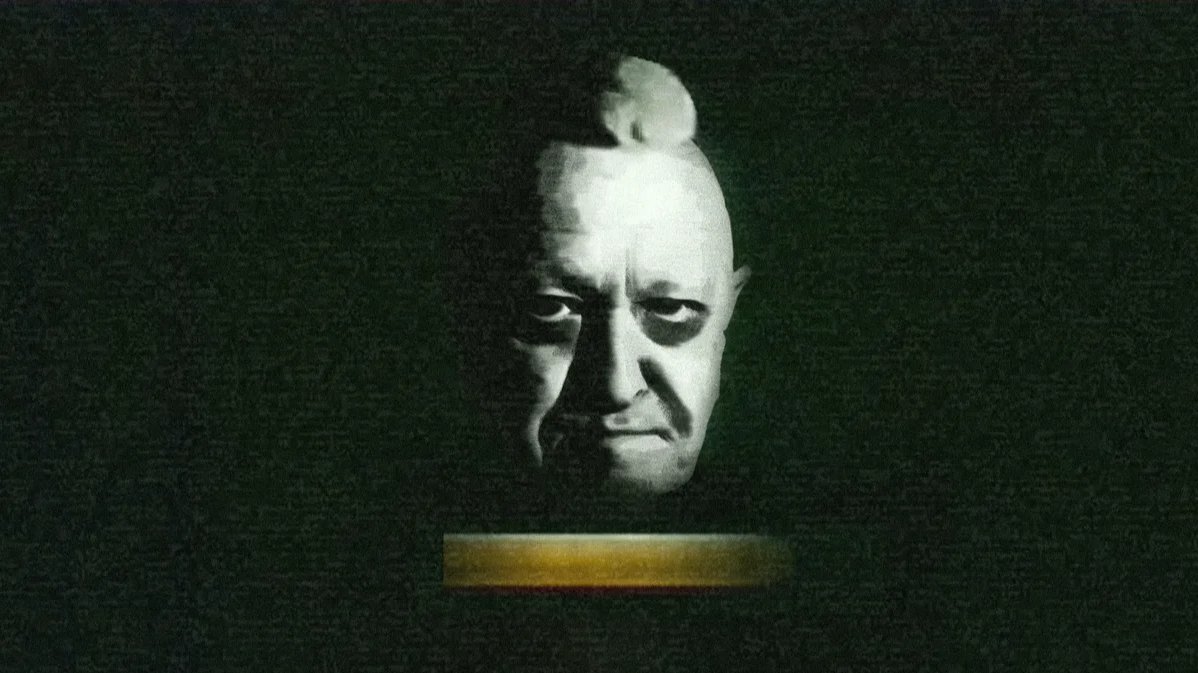Yevgeny Prigozhin’s Patriot media conglomerate shut down on 30 June, shortly after the Wagner chief’s mutiny attempt. The conglomerate included the infamous “troll factory” and “media factory” that employed hundreds of people.
Hardly anyone but Patriot’s former employees would ever lament the conglomerate’s departure. We delve deeper into the origins of Prigozhin’s media empire to find out how those “factories” came to be and how they operated.
All employees of media outlets that used to be part of the Patriot holding group received emails on 29 June, asking them to resign with immediate effect.
Some employees were informed that Prigozhin was going to meet them on 1 or 2 July.
“As far as I understand, the people who worked more closely with Prigozhin have certain arrangements in other places, their withdrawal routes, somewhere they can be off to with their squads,” a former employee of one of the defunct media outlets reveals.
‘Trying to destroy our country’
Yevgeny Prigozhin, the “Kremlin chef”, has long denied any connection to the media outlets that many journalists considered “Prigozhin-affiliated”. Nevertheless, the style of his media outlets was easily recognisable due to a certain standard of quality.
In simple terms, the holding was divided into two parts: one included formally registered media that tried their best to appear as real press, while the other department hired online commentators, known as trolls.
Both departments were operating on an industrial scale, so they were referred to as factories: the “media factory” and the “troll factory”. There were also Telegram channels, social media pages, and spy-like squads, but those can be attributed to the “troll factory” as well.
In February 2023, Prigozhin finally admitted his connection with the “troll factory”. Responding to an inquiry filed by German reporters, Prigozhin confirmed that he had established the Internet Research Agency, an umbrella organisation for all his “troll” ventures.
“I invented it, I created it, and I have been managing it for a long time. It was created to protect the Russian infosphere from the bullish and aggressive propaganda of anti-Russian ideology, produced by the West,”
Prigozhin wrote.
It was revealed on 30 June that the entire conglomerate was stopping operation. Yevgeny Zubarev, a St. Petersburg journalist and the general director of FAN, Prigozhin’s largest media asset, was the man to announce this.
In his statement, Zubarev briefly summarised the history of the media holding. These words of farewell perfectly describe what the group was all about, and why no journalist ever referred to the employees of the holding as colleagues.

A former office of Prigozhin’s agency in St. Petersburg. Photo: Wikimedia
The first assets of the future conglomerate appeared in 2009, Zubarev says. It all started with a small number of individuals that would post comments online, speaking against Alexey Navalny and other opposition politicians. Later, the holding started working with bloggers and opinion writers.
“Back then, it was important to strategically question the work of opposition journalists who were destabilising the situation in Russia, trying to destroy our country,”
Zubarev said.
The troll factory
In 2015, a group of reporters from Finland arrived in St. Petersburg to shoot a film about the Russian “troll factory”. They tried to have a conversation with employees who went outside their office for a smoke. The latter introduced themselves as journalists, but stubbornly refused to tell their colleagues anything about their job. And then a security guy came out of the building, trying to chase the Finns away.
After a phone call, the Finnish reporters managed to meet Yevgeny Zubarev who was the general director of the Federal News Agency and the curator of all the media that had their office in the building at the time.
“People who accuse us of hosting some trolls out there are simply liars,” he said. “But the reason why they lie is not because they are not smart enough or something, but because they have a mission to discredit us. This is a propaganda war.”
At first, the “troll factory” and the “media factory” operated from the same building, but later on, the media segment moved to a different location, distancing themselves from the trolls. Formally, only the media were part of the holding, but its journalists would often use the same methods as the trolls.

An office building where the “troll factory” moved in 2017. Photo: bc-lahta.ru
Both factories were tools in the same “propaganda war” Yevgeny Zubarev was complaining about as he spoke to the Finnish journalists. The question is: who started it and when did that happen?
In 2014, hackers from the Anonymous International group published the correspondence exchanged between the leaders of the trolls, and those leaks demonstrated how the “troll factory” was growing.
A letter dated May and June 2013 mentions events that were arranged for Gazprom. No wonder: one of the senders, Denis Osadchy, is still leading an energy projects department at Gazprom’s Expoforum exhibition space. In one of the interviews, he said that in 2013 he was “in charge of the commercial and bidding cluster at a department subordinate to the Defence Ministry.” He did not specify what kind of department that was.
In July 2013, he sent an email to his coworker Olga Dzalba and said that it was “time to involve bloggers”. Osadchy implemented this idea together with Alexey Mikhailov, the de-facto founder of the “troll factory”. He would share samples of work statements for bloggers with Mikhailov, as well as financial statements. One such document reveals that in August 2013, a total of 79 bloggers were employed remotely, earning 237,000 rubles (around €5,700 at the time) a week altogether.
The “troll factory” was formally registered in July 2013, going by the name of the Internet Research Agency. Its general director was Mikhail Bystrov, a former police officer with a controversial reputation. The agency would later be renamed several times.
The trolls were paid 750 rubles (€18 in 2013) for a day’s work, but they were supposed to formally accept payments of 1,000 rubles (€24) each time.
In 2013, the factory was involved in a smear campaign against Alexey Navalny who ran for mayor of Moscow. In their work statements, the trolls were given “keywords” and links to websites where they were supposed to post comments.
“Our job was to sign up at various forums under different nicknames and post comments there,” one of the former “troll factory” employees recalls. “We were provided links to those forums, as well as references on what to post. I worked there in the summer of 2013 and used to write things about Navalny on some Novosibirsk forum. My coworker would reply to my comments, and we acted as if we were having an argument.”
These work methods were revealed in detail by Novaya Gazeta in September 2013 when its reporter Alexandra Garmazhapova got herself a job at the “troll factory” and later described how it operated. On her work computer, she found posts and comments written by her predecessors.
According to Fontanka, a St. Petersburg media outlet that investigated the activities of the trolls in January 2014, 100 million rubles (€2.2 million at the time) were spent on the “troll factory” in five months, about a third of which was spent on the salaries of 76 people: the director would earn 150,000 a month (€3,300 in 2014), a cleaner had a salary of 35,000 (€770), and an ordinary commentator was paid 30,000 (€660). Most of the money was paid in cash or either via e-wallets or bank accounts registered to phone numbers.
Judging by the emails leak, the trolls also had jobs outside Russia. There were requests to hire “30-40 people to act as fascists and skinheads” at an event in Lithuania.
In December 2013, Osadchy’s subordinates set up false-flag plots in Kyiv. In one of the emails, a person named Sonya Boltova was looking for “800 people to rally at the Independence Square during daytime and 200 people who would stay in tents for the night”.
Novaya-Europe contacted some of the people from that email leak, including Denis Osadchy and Olga Dzalba. Both still use the same phone numbers stated in their old emails, but claim they have never had any affiliation with either the Internet Research Agency or Yevgeny Prigozhin.
The “troll factory” had been in operation until recently, according to numerous reports by various media. In 2018, the trolls praised Vladimir Putin in his presidential campaign, and then did the same for the retirement funds reform in Russia.
Fontanka revealed a new project of the “troll factory” in 2022: commentators were hired to support the invasion of Ukraine online. In February 2023, Prigozhin admitted his connection to this project as well.
“Hardly any of the people who posted all those comments actually believed in their own words,” one of the “factory” employees says. “For instance, they had to smear Alexey Navalny, but the news they used to read in their spare time was totally different.”
The media factory
Before 2019, various St. Petersburg media could only be linked with Prigozhin because of their specific “house style” or as a result of leaks. In 2019, they grouped together as the Patriot media holding. Yevgeny Prigozhin was formally declared head of its group of trustees, and stopped denying his connection to the media.
RBC believes a total of 16 websites were part of the “media factory”, and nine of those were formally registered as media outlets. There was no common legal entity. The very notion of the holding was also informal as each of those outlets had their own legal founder. Those media would follow the same guidelines and often exchanged staff members.

The office building Patriot used as its venue, alongside the Gazprom skyscraper. Photo: lahtaplaza.ru
One of the outlets, RIA FAN, had a separate department in charge of producing fake news.
“There was a section at the RIA FAN website called ‘exclusives’,” Novaya-Europe’s source says. “Roughly one out of ten news pieces there was true, the rest was made up: either on someone’s orders or just produced out of thin air. I used to read those articles; it was total lunacy. You can’t imagine what kind of journalism that was.”
The outlet’s former employee says some members of the staff were even tasked to follow certain people and film them covertly.
Employees of Prigozhin’s media had a hard time looking for a job back in the day, given that all of this was happening in the same city. But now the situation has changed, one of the former employees says. Pro-government newspapers, such as Komsomolskaya Pravda, are now offering jobs to Prigozhin’s former staffers, our source says.
The St. Petersburg branch of another newspaper, MK, is led by Timofey Shabarshin, who used to work for Prigozhin. Shabarin wrote on Telegram that he “would be happy” to hire Prigozhin’s former employees,
We contacted Timofey Shabarshin: he agreed to comment on the matter in writing upon the condition that we would post his response as a quote. Here it is with minor cuts.
“After I posted this on Telegram... several dozen people contacted me. It’s hard to be more specific now as we didn’t have enough time to reply to all applications just yet.”
The media empire
We have briefly explained what the conglomerate that used to be referred to as “Prigozhin’s media empire” was about. It is impossible to provide an extended insight as the scope of its activity was too big.
For instance, we did not mention the events of 2012-2013 when Prigozhin’s personnel decided to send intruders into various major media they didn’t like, or to separate journalists so as to expose them. One such individual was briefly with Novaya Gazeta in Moscow and Fontanka in St. Petersburg.
It is unknown whether Prigozhin’s media holding was indeed an “empire”. Nobody knows for sure how many people were employed there. This figure varies between 150 and 500 people employed by the formally registered outlets: there was huge employee turnover there, and many were not formally employed.
It isn’t easy to assess the influence of this media empire as well. The RBC investigation says the holding had a monthly readership of 36 million people, more than Komsomolskaya Pravda has. The website traffic of Prigozhin’s media was largely boosted by mutual promotion and citations. However, even the pro-Kremlin media had a general rule not to cite “Prigozhin’s trash”. When Prigozhin needed to be given the floor, only media of his own holding would publish that.
We asked Timofey Shabarshin what the ratio of fake to true news was during his work spell at the Patriot holding, to which he replied:
“My belief was that fake news is the prerogative of Novaya Gazeta and other liberal media that produce tons of unverified information in exchange for the money that comes from the West in order to destabilise the situation in Russia.”
Join us in rebuilding Novaya Gazeta Europe
The Russian government has banned independent media. We were forced to leave our country in order to keep doing our job, telling our readers about what is going on Russia, Ukraine and Europe.
We will continue fighting against warfare and dictatorship. We believe that freedom of speech is the most efficient antidote against tyranny. Support us financially to help us fight for peace and freedom.
By clicking the Support button, you agree to the processing of your personal data.
To cancel a regular donation, please write to [email protected]

